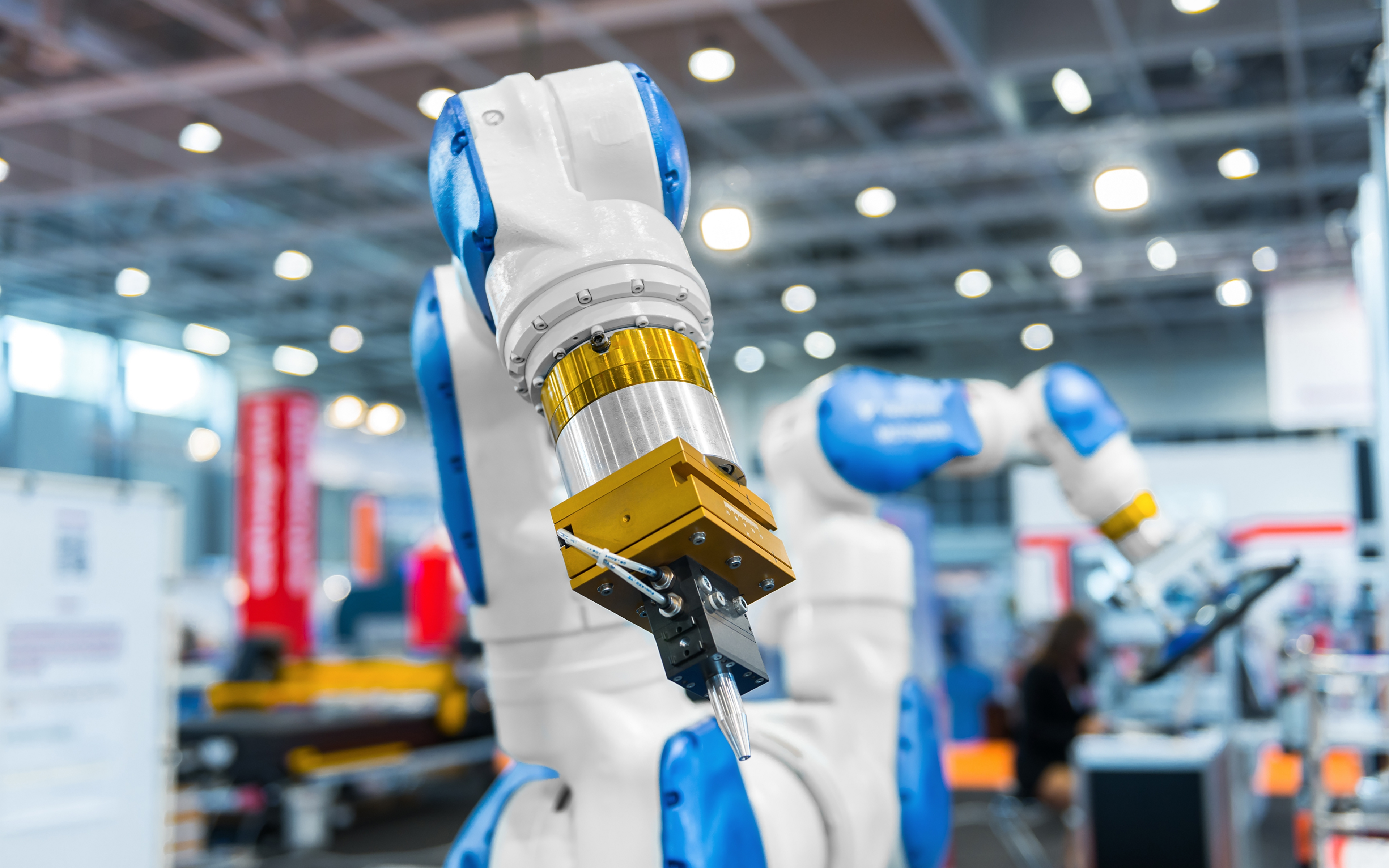A talent deficit: The challenging workforce ecosystem for manufacturers and distributors shows no sign of easing, as companies in the industry have hundreds of thousands of open positions and are struggling to retain key talent.
- Compounded by a highly competitive labor market, an aging workforce and increased digitization of factory operations, the labor deficit is hampering productivity and growth.
By the numbers: In the NAM Q1 2024 Manufacturers’ Outlook Survey, more than 65% of manufacturers cited the inability to attract and retain employees as their top primary challenge.
A helpful diagnostic: To gauge how well their organizations are performing, business leaders should ask a number of critical questions regarding their approach to different workforce challenges. Undertaking this talent assessment for the organization will reveal strengths and areas for improvement amid the industry’s ongoing talent shortages.
___ ____ ___
The challenging workforce ecosystem for manufacturers and distributors shows no sign of easing, as companies in the industry have hundreds of thousands of open positions and are struggling to retain their already-stretched talent. Compounded by a highly competitive labor market, an aging workforce and increased digitization of factory operations, the labor deficit is hampering productivity and growth. Manufacturing and distribution organizations are looking for creative solutions to combat the crisis.
The results of several recent studies underscore the challenges. In Protiviti’s 2024 Executive Perspectives on Top Risks Survey, manufacturing and distribution companies cited their ability to attract, develop and retain top talent, manage shifts in labor expectations, and address succession challenges as one of the most significant risk issues they face, second only to economic conditions and inflation concerns. In the National Association of Manufacturers (NAM) Q1 2024 Manufacturers’ Outlook Survey, more than 65% of manufacturers cited the inability to attract and retain employees as their top primary challenge. And, according to the U.S. Bureau of Labor Statistics, the manufacturing industry alone had approximately 583,000 unfilled jobs nationwide as of February 2024.
According to NAM, manufacturers are addressing the workforce crisis with different solutions, including offering employees flexible work schedules, sourcing talent locally and through partnerships with educational institutions, and adopting new technologies for repetitive tasks.
In a previous Protiviti blog about M&D hiring challenges, we emphasized how improving the employee experience can strengthen employee engagement and retention. But concurrent with this crucial exercise, manufacturing and distribution organizations should consider a comprehensive talent assessment to identify strengths and weaknesses in their talent management strategies.
Today’s talent-related challenges can’t be solved with yesterday’s thinking and approaches. To gauge how well their organizations are performing, business leaders should ask a number of critical questions regarding their approach to different workforce challenges. Undertaking this talent assessment for the organization will reveal strengths and areas for improvement amid the industry’s ongoing talent shortages that show no sign of abating. Sample questions to evaluate as part of this assessment include:
I. Attracting top talent
The company’s brand
- Why do people come and work for you?
- What is your reputation in the market and among job candidates?
- Do employees promote the company because of their own satisfaction and engagement?
Talent forecasts
- Are the skills and talent aligned with the skills and experiences needed to support the company’s strategic direction?
- How is the increasing use of generative AI and automation impacting the types of skills the workforce needs to be competitive?
- How often do you analyze your current and future skills needs, evaluate the availability of suitable employees, and determine where gaps between the two exist?
Talent marketing
- How effective is your sourcing strategy?
- How effective are your employee referral programs, career website pages and talent pipelines?
- To what extent do you exploit social media to engage recruits?
- Do candidates remain engaged during the entire recruitment and hiring process?
Talent acquisition
- How well do you research, identify and assess talent?
- To what degree do your networking initiatives generate a consistent flow of skilled job applicants?
- Do you leverage alumni organizations and campus recruitment opportunities as part of this process?
II. Engaging and Retaining Labor
Total rewards
- How well do the compensation, benefits, training programs and other elements in your total rewards strategy drive employee performance and satisfaction?
- Are the benefits and compensation packages competitive, and do they reflect your business goals and culture?
Talent mobility
- Can you identify high-potential employees and provide them with a path to commensurate career advancement?
- How proficient are your upskilling programs?
- How often do you evaluate the role of new hires in succession planning?
Employee experience
- Would your employees consider their candidate experience and employee experience to be similar?
- How big of a priority is promoting employee wellbeing, advocacy, and diversity, equity, inclusion and belonging?
- Does your employee performance management strategy deliver the feedback and guidance necessary to enhance engagement and productivity?
- How well do you listen to your employees?
- How would you describe your company culture, and do you actively manage it?
Organizational effectiveness
- Is your organization designed to support your company strategy?
- How does your organizational design influence and inform remote work policies, business culture and the work environment?
- Does leadership have the necessary employee trust and confidence to lead the organization?
- How effectively do you manage and communicate change?
Final takeaway
The importance of conducting a talent assessment review in this uncertain economic environment cannot be overstated. By doing so, manufacturing and distribution organizations will be able to develop tailored solutions, such as upskilling existing employees to handle specific emerging digital technologies or drawing up an effective leadership succession plan, based on the results of the review. Also, conducting regular assessments will allow business leaders to map the skills and talent the organization needs to achieve its short-and long-term business strategies, as well as “future proof” the organization’s workforce by understanding where and how generative AI and automation can be employed. And finally, this proactive effort means firms will be better prepared with corrective strategies when skills gaps or dramatic talent shortages arise.






